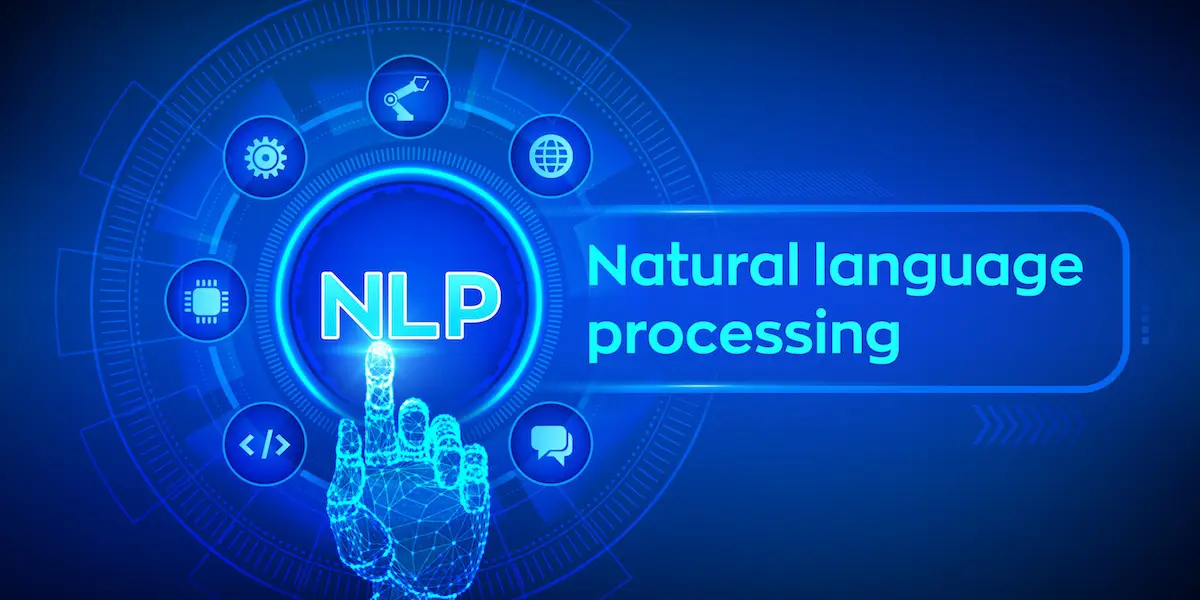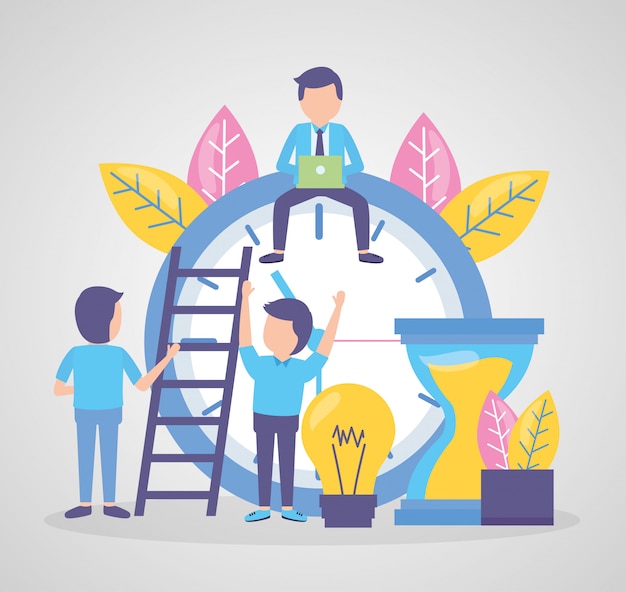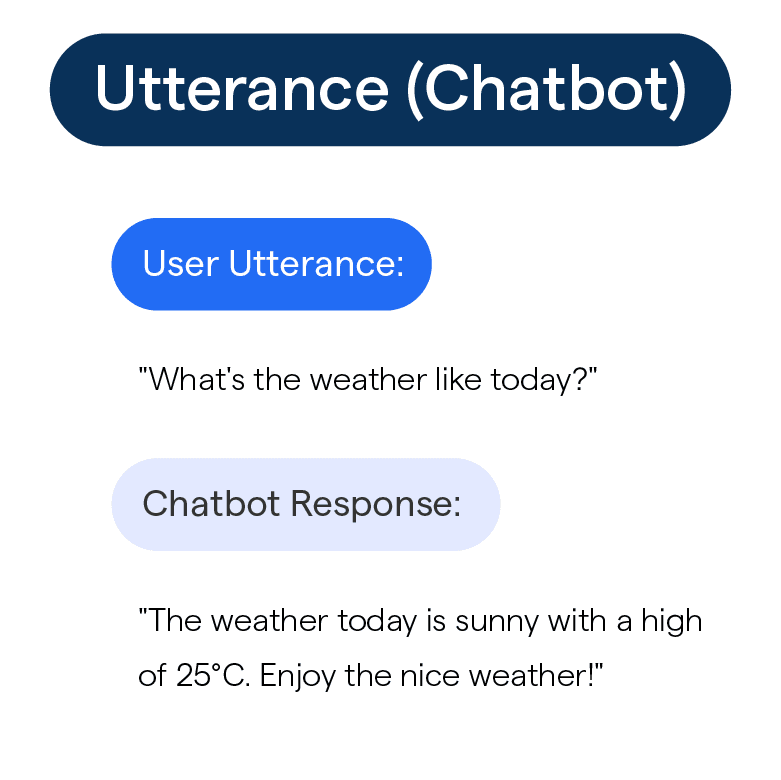What is an Utterance in Chatbot?

An utterance in a chatbot refers to each individual statement or query submitted by a user during a conversation with the chatbot.
When a user interacts with a chatbot, whether through text or voice, they communicate by sending discrete utterances sequentially as part of a conversational exchange. Each submission containing a complete thought or piece of information is considered one utterance.
For example, during a typical chatbot conversation:
User: "Hi"
Bot: "Hello! How can I assist you today?"
User: "I wanted to check my account balance."
Here the user sent two separate utterances - "Hi" and "I wanted to check my account balance." The chatbot also responded with a single utterance.
The chatbot needs to analyze each utterance to understand the user's intent and determine an appropriate response. This often involves tasks like intent classification, entity extraction, and contextual modeling to determine the meaning and required response for every utterance.
Handling long, multi-sentence utterances also presents challenges compared to single short statements or queries. Sophisticated NLU techniques are required to enable free-form conversations with adequate context.
Types of Utterances
In the realm of Chatbots, there are various types of utterances that users can make. Let's take a closer look at some of the common ones.
Structured vs Unstructured Utterances
Structured utterances follow a defined format or pattern. For example, a user might input a specific command or request such as "Show me the weather forecast for tomorrow." On the other hand, unstructured utterances are more open-ended and do not follow a specific format. An example of an unstructured utterance would be "What are some good Italian restaurants nearby?"
Contextual vs Non-Contextual Utterances
Contextual utterances take into account the ongoing conversation or previous interactions. They rely on the context to provide relevant responses. For instance, if a user asks "How's the weather?", the chatbot will use the previous location mentioned to provide a weather update. Non-contextual utterances, on the other hand, do not rely on the context of the conversation and can be understood independently.
Positive vs Negative Utterances
Positive utterances express satisfaction or agreement, while negative utterances convey dissatisfaction or disagreement. For example, a positive utterance could be "I love this chatbot!" while a negative utterance might be "This chatbot is not helpful at all." Chatbots need to differentiate between positive and negative utterances to ensure appropriate responses.
How Utterances Work in Chatbots?
In this section, we'll delve into the role of utterances in chatbots and how they facilitate effective communication.
Understanding Utterances in Chatbots
An utterance is any input provided by the user to the chatbot, typically in the form of text or voice. Utterances can range from simple one-word commands to more complex sentences and questions. The way a chatbot processes, interprets, and responds to these user inputs is crucial to its effectiveness.
Natural Language Processing (NLP)

NLP is a branch of AI that enables machines to understand and interpret human language. Chatbots utilize NLP techniques to interpret and analyze user utterances, extracting meaning and determining appropriate responses. Key components of NLP in chatbot include:
- Tokenization: Breaking down the user input into individual words or phrases (tokens).
- Stemming/Lemmatization: Reducing words to their base or root form to improve interpretation.
- Part-of-speech tagging: Identifying the grammatical roles of words in a sentence.
- Named Entity Recognition: Detecting specific entities, such as names, dates, or locations.
- Sentiment analysis: Assessing the emotional tone or context of the utterance.
Training Chatbots with Sample Utterances
To improve the accuracy of a chatbot's responses, developers usually provide a set of sample utterances categorized into different intents (user goals). These sample utterances help the chatbot recognize similar patterns in user inputs and match them to the appropriate intent. As a chatbot receives more data, its machine learning algorithm continues to learn and refine its understanding of user utterances, enhancing its overall performance.
Managing Ambiguous Utterances
Sometimes, users may provide ambiguous or unclear utterances. In such cases, chatbots need to employ different strategies to clarify the user's intent, such as:
- Asking follow-up questions to gather more information.
- Offering suggestions or multiple-choice options to guide the user.
Enhancing Utterance Handling with Context
Incorporating context into the conversation allows chatbots to better understand user utterances and provide more accurate responses. Contextual information can include:
- Previous interactions between the user and the chatbot.
- User profile data, such as preferences, location, or purchase history.
- External factors, including weather, news, or events.
Benefits of Understanding Utterances in Chatbots
In this section, we'll discuss the advantages of effectively interpreting and understanding user utterances for chatbots in various contexts.
Enhanced User Experience
Accurately interpreting user utterances ensures chatbots provide relevant and meaningful responses, resulting in a satisfying and enjoyable experience. Improved user experience leads to higher customer satisfaction, engagement, and retention.
Effective Communication
Understanding user utterances assists chatbots in engaging more effectively with users by promoting fluid, natural conversations and reducing confusion. Effective communication is vital for building trust and maintaining positive relationships with customers.
Time and Resource Savings

By accurately interpreting user utterances, chatbots can streamline processes, resolve queries, and expedite tasks more efficiently, ultimately saving time and resources for both users and businesses alike.
Personalization
Recognizing user utterances allows chatbots to deliver personalized experiences based on individual preferences, needs, or context. Personalization benefits businesses by fostering customer loyalty, increasing user engagement, and leveraging upsell or cross-sell opportunities.
Scalability
Understanding utterances enables chatbots to handle a higher volume of users and queries effectively, allowing businesses to scale their customer support or sales initiatives without considerable investment in additional human resources.
Reduced Response Time
By swiftly processing and understanding user utterances, chatbots can provide immediate assistance, information, or guidance in a faster and more efficient manner than traditional customer support channels, such as email or phone.
Continuous Improvement
As chatbots interact with users and gather more data, they can continually refine their understanding of user utterances, improving their ability to recognize intents and patterns. This ongoing learning process enhances the chatbot's overall performance and effectiveness.
Multilingual Support
Sophisticated chatbots with the ability to understand utterances in multiple languages can cater to a diverse user base, breaking language barriers and expanding the reach and accessibility of a business or service.
Common Challenges in Understanding and Interpreting Utterances in Chatbots
While chatbots have come a long way in understanding user utterances, there are still some challenges to overcome.
Handling Slang and Abbreviations
One major challenge is interpreting non-standard or informal language such as slang, abbreviations, and internet acronyms. These can vary widely based on region, target audience, and specific community linguistic trends.
Interpreting Misspellings and Typos
Misspellings and typos pose a significant challenge to chatbot understanding. Training the chatbot to anticipate and correctly interpret misspellings can be a complex task, especially with a large number of possible typos and spelling variants.
Dealing with Homonyms and Homophones
Homonyms (words that have the same spelling but different meanings) and homophones (words that sound the same but have different meanings) can confuse chatbots. Figuring out the intended meaning based on context is a challenging aspect of natural language understanding.
Understanding Implicit Intent
Another significant challenge lies in interpreting the implicit intent of an utterance. Users might not always explicitly state their intent, and the chatbot must be smart enough to understand the implied meaning in a conversation context.
Managing Multilingual Conversations
Chatbots designed for a global audience face the challenge of understanding and interpreting utterances in multiple languages, each with its unique nuances, idioms, and cultural contexts. Achieving error-free multilingual understanding requires extensive training data in each supported language.
Best Practices for Crafting Utterances for Chatbots
In this section, we'll examine some of the best practices for crafting effective utterances for chatbots, influencing better interactions and more satisfying user experiences.
Keeping it Conversational
Utterances should be conversational to make interactions with the chatbot feel as natural as possible. Write as you speak, using everyday language. This helps in creating a more engaging and easy-to-understand chat interface.
Designing for Variation
People express the same intent in various ways. It's crucial to design for this variation by crafting a wide range of phrasings for each intent. This will improve the chatbot's ability to understand and match different user inputs to the correct intent.
Using Clear and Simple Language
Utterances should be simple, direct, and easy to comprehend. Avoid jargon, complicated phrases, and long sentences. This makes it easier for users to understand the chatbot's responses and know how to engage with it effectively.
Including Contextual Information
Craft the utterances in a way that takes context into account. The chatbot's responses should be relevant to the context in which the conversation is taking place, improving the natural flow of interaction.
Allowing for User Correction
Users might make mistakes while interacting with the chatbot. Design utterances in a way that allows for easy correction of errors by the user. This not only improves user experience but also helps in maintaining the overall effectiveness of the chatbot.
Frequently Asked Questions (FAQs)

Here we have a set of questions that are frequently asked about chatbot interactions, designed to help you understand how they function.
How do chatbots understand different types of user utterances?
Chatbots have a knack for understanding a variety of user utterances. They learn this by utilizing algorithms and natural language processing techniques to analyze and grasp what the user is saying. Patterns, purposes, and key details are learned over time, helping the chatbot to respond appropriately.
What is the difference between structured and unstructured utterances?
Structured utterances are ones that follow a specific format or pattern, making it easier for chatbots to process and understand. Unstructured utterances, on the other hand, are more spontaneous and free-spirited. These can be a bit trickier for chatbots to unpack which calls for advanced analysis.
How do chatbots handle ambiguous user utterances?
When a user throws a curveball at chatbots with ambiguous chatter, the bots tend to ask a few more questions to clarify the user's intentions. This way, they can clear up any confusion and respond more accurately to the user's needs.
Can chatbots understand positive and negative utterances?
Absolutely! Chatbots can tell the difference between a sunny or stormy comment. They do this by analyzing the emotions expressed in the user's chatter to figure out if it's positive or negative, enabling them to tailor their responses accordingly.
Is it important to provide context in user utterances?
Certainly, context is king in user utterances. It gives the chatbot a better grip on the conversation. Stuff like location, past interactions, or specific details shoved into the conversation can provide the chatbot with a better understanding and equip it to offer more individualized responses.

